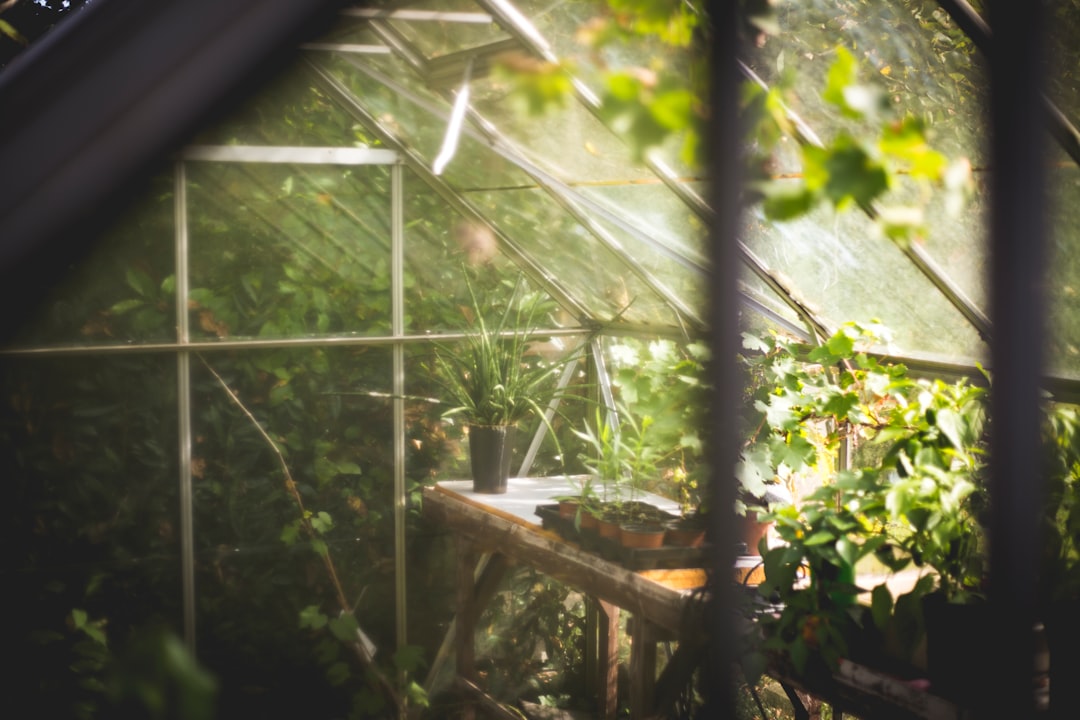Greenhouses provide an excellent way to extend your growing season, protect plants, and optimize growth conditions. However, selecting the right greenhouse depends on various factors such as your budget, space availability, and specific gardening needs. Whether you’re a home gardener looking for a compact greenhouse or a commercial grower needing a large, durable structure, this guide will help you make an informed decision.
1. Understanding Your Needs
Before purchasing a greenhouse, consider your primary purpose. Are you growing vegetables year-round, starting seedlings in early spring, or cultivating exotic plants? Understanding your goals will help you determine the size, material, and features you need.
2. Types of Greenhouses
Greenhouses come in various shapes and sizes, each with its own advantages. Here are some common options:
a) Mini and Small Hobby Greenhouses
-
Ideal for small backyards or patios
-
Suitable for beginners or those with limited space
-
Often made from lightweight materials like polycarbonate or plastic
-
Examples: Cold frames, portable greenhouses, or lean-to designs
b) Mid-Sized Residential Greenhouses
-
Provide more growing space for hobbyists and small-scale gardeners
-
Typically built with stronger frames and polycarbonate or glass panels
-
Can include features like ventilation systems and shelving
-
Examples: Free-standing greenhouses, tunnel greenhouses
c) Large Commercial or Industrial Greenhouses
-
Designed for high-yield crop production
-
Made with durable materials like aluminum frames and tempered glass
-
Require significant investment but offer long-term benefits
-
Examples: Multi-span greenhouses, hydroponic greenhouses, or automated climate-controlled structures
3. Materials: Frame and Covering Options
The choice of materials affects durability, insulation, and maintenance.
a) Frame Materials
-
Aluminum – Lightweight, rust-resistant, and long-lasting
-
Wood – Aesthetic and natural-looking but requires maintenance
-
Steel – Sturdy and durable, ideal for large structures
-
PVC/Plastic – Affordable and lightweight but less durable
b) Covering Materials
-
Glass – Excellent light transmission and longevity but expensive
-
Polycarbonate – Strong, insulated, and UV-resistant
-
Plastic Film (Polyethylene) – Affordable and easy to install but less durable
4. Climate and Location Considerations
Your local climate impacts the type of greenhouse you need. For cold regions, insulated greenhouses with heating systems are essential. In hot areas, proper ventilation and shading are crucial. The greenhouse should also be placed in a location with maximum sunlight exposure.
5. Budget Considerations
Greenhouses range from budget-friendly DIY kits to high-end commercial structures. Consider the upfront cost as well as long-term expenses like heating, cooling, and maintenance.
-
Low Budget (<$500): Mini greenhouses, cold frames, or DIY plastic-covered structures
-
Mid-Range ($500-$5000): Polycarbonate greenhouses with sturdy frames, suitable for serious gardeners
-
High-End ($5000+): Large, automated greenhouses with climate control, ideal for commercial farming
6. Additional Features to Consider
Depending on your needs, you may want to add features like:
-
Ventilation systems – Essential for temperature and humidity control
-
Heating and cooling options – For year-round growing in extreme climates
-
Shelving and storage – To optimize space
-
Automatic watering systems – For convenience and efficiency
Conclusion
Choosing the right greenhouse requires careful consideration of your gardening goals, budget, and local climate. Whether you opt for a small hobby greenhouse or a large commercial structure, investing in the right setup will enhance your growing experience and maximize your plant yields.
Are you planning to buy or build a greenhouse? Share your thoughts and questions in the comments below!

Comments
No comments yet. Be the first to comment!
You must be logged in to comment. Login